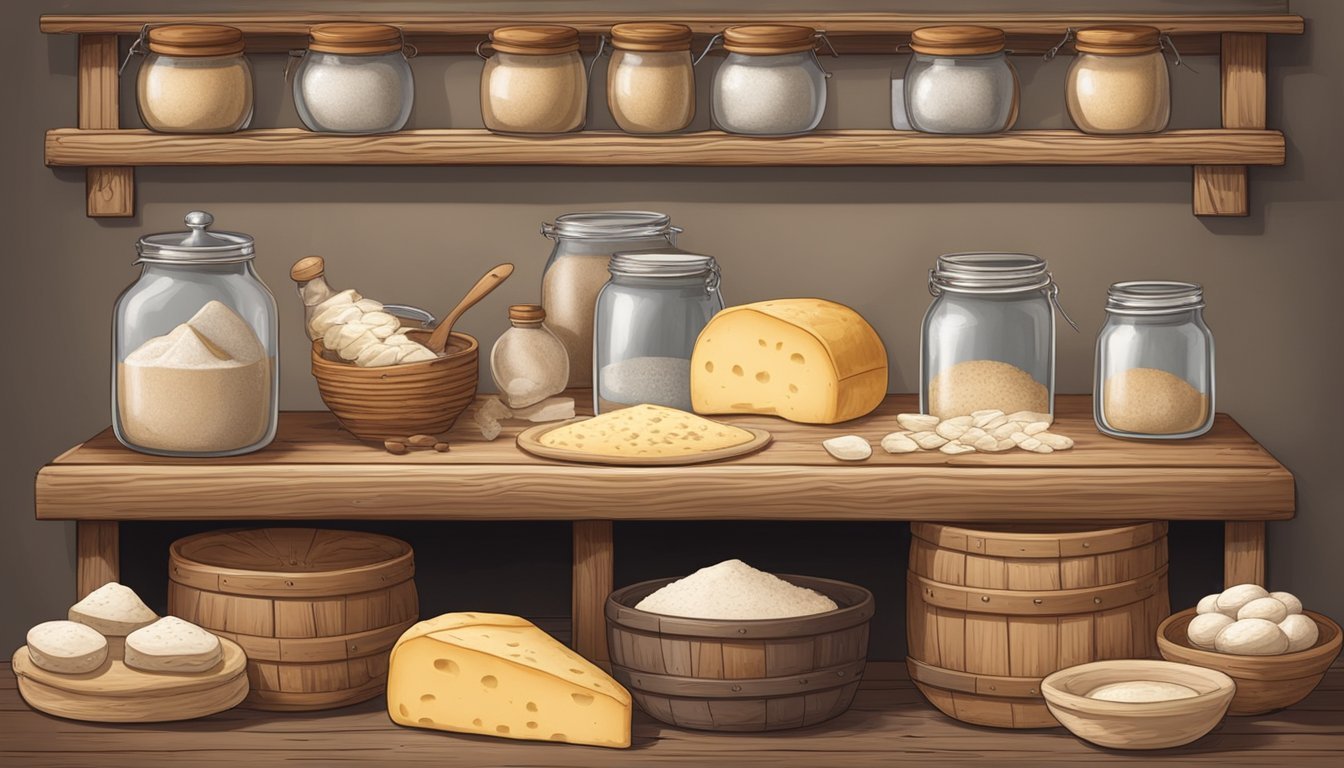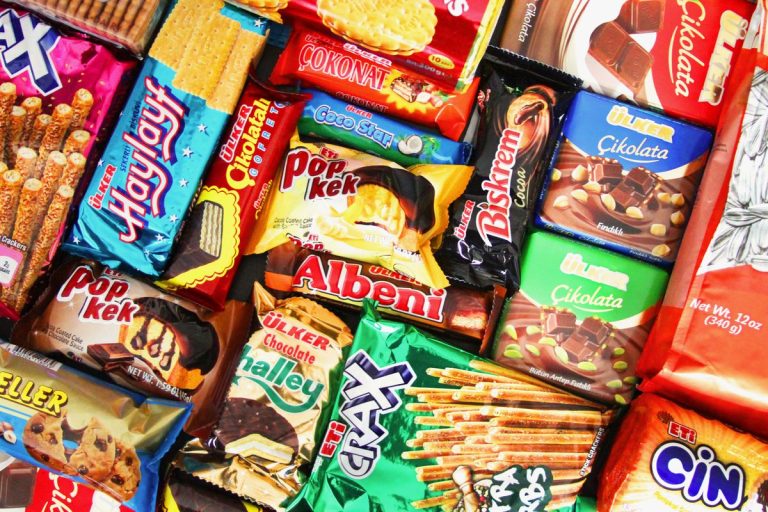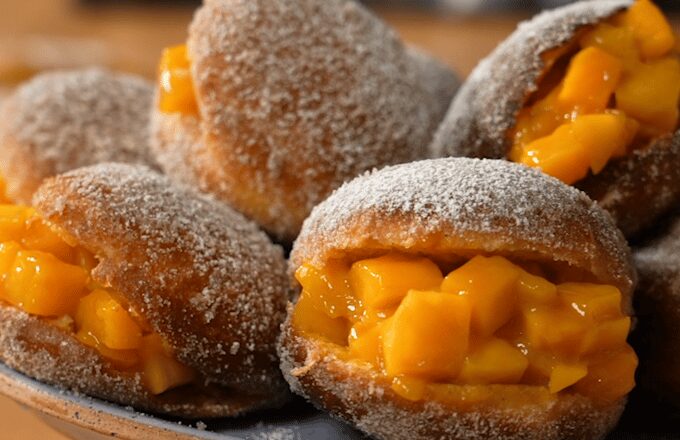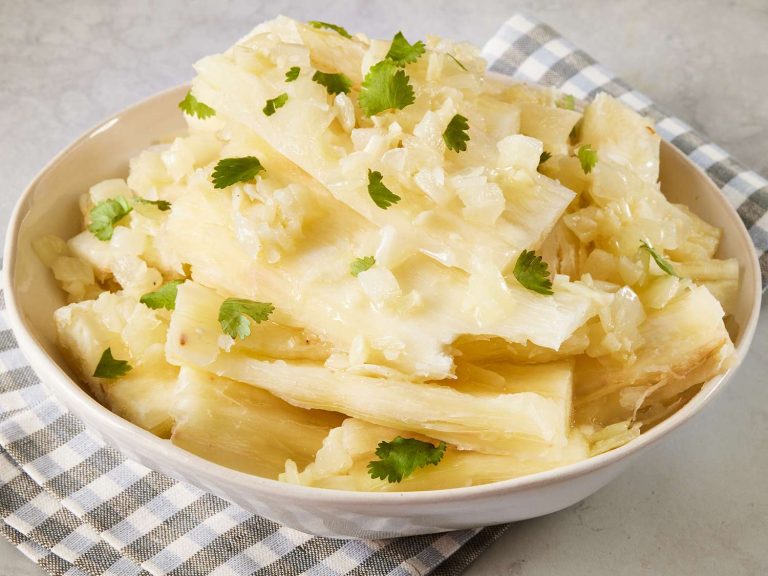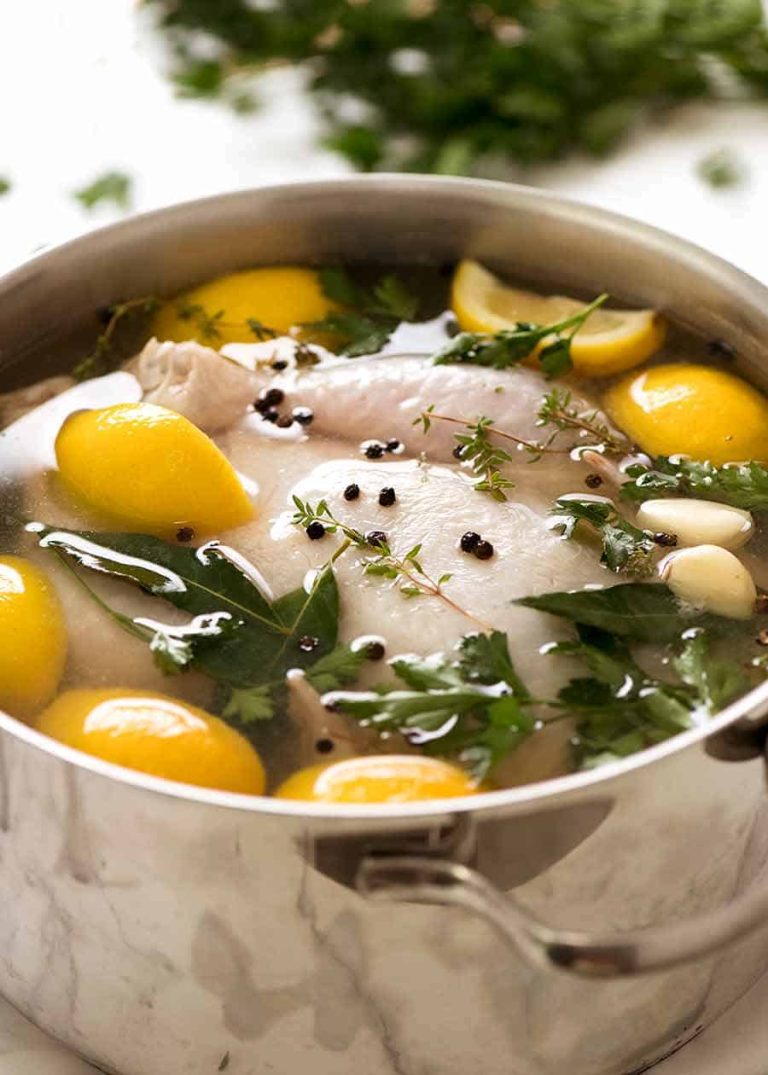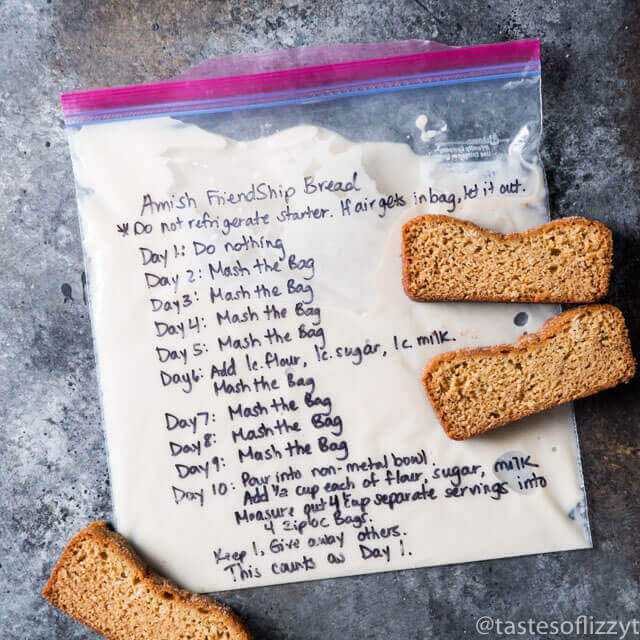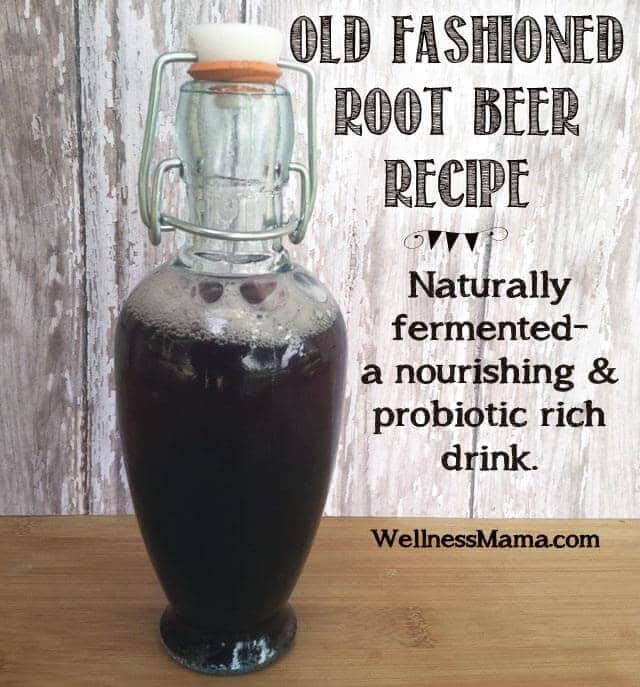Ricotta Cheese Cake Recipe: Origins, Baking Tips, and Perfect Pairings
Originating in Italy, ricotta cheese cake boasts a rich heritage that traces back centuries. Traditionally found in regions like Sicily, this delicacy plays a significant role in Italian festivals and family gatherings. In Italian culture, ricotta symbolizes simplicity and authenticity, reflected in the way it enhances the cake’s texture and flavor. Celebrated for its versatility, it’s used in both sweet and savory dishes, solidifying its importance in Italian cuisine.
Current Trends in Dessert Cuisine
Ricotta cheese cake has experienced a resurgence in popularity in recent years. Culinary enthusiasts and chefs now incorporate it into modern dessert menus, highlighting its lightness and unique texture. Health-conscious consumers appreciate its lower fat content compared to traditional cheesecakes, making it a desirable option. Often paired with fresh fruits or drizzled with honey, it adapts seamlessly into contemporary tastes while honoring its classic roots. This combination of tradition and modern appeal ensures its continued prominence in the world of desserts.
Ingredients and Preparation
Key Ingredients for Ricotta Cheese Cake
To craft a delicious ricotta cheesecake, you’ll need specific ingredients. Begin with whole-milk ricotta for a rich texture. Add cream cheese to balance the flavor. Include granulated sugar to sweeten the cake. Use large eggs for structure. Opt for vanilla extract for flavor depth. Add lemon zest for a hint of brightness. Finally, incorporate a pinch of salt to enhance the other flavors.
Here’s a list of the key ingredients:
- 2 cups whole-milk ricotta cheese
- 8 oz cream cheese, softened
- 1 cup granulated sugar
- 3 large eggs
- 1 tsp vanilla extract
- 1 tbsp lemon zest
- Pinch of salt
Step-by-Step Baking Process
To achieve the perfect ricotta cheesecake, follow these precise steps. First, preheat your oven to 325°F. Next, prepare the crust by combining crushed graham crackers, melted butter, and sugar in a mixing bowl. Press this mixture into the bottom of a springform pan.
In another bowl, beat the ricotta and cream cheese until smooth. Gradually add the sugar, followed by the eggs, one at a time. Mix in the vanilla extract, lemon zest, and salt. Pour the mixture over the crust. Bake for 60 minutes or until the center is set.
Cool the cheesecake to room temperature before refrigerating it for at least 4 hours.
- Preheat oven to 325°F.
- Combine and press crust ingredients into a springform pan.
- Beat ricotta and cream cheese until smooth.
- Gradually add sugar, then eggs, one at a time.
- Mix in vanilla extract, lemon zest, and salt.
- Pour mixture over crust.
- Bake for 60 minutes.
- Cool to room temperature, then refrigerate for at least 4 hours.
Nutritional Information
Health Benefits of Ricotta Cheese
Ricotta cheese, a core ingredient in ricotta cheesecake, offers various health benefits. It contains essential nutrients like protein, calcium, and vitamin A. Each serving supports muscle maintenance and bone health. For example, a 100-gram serving of ricotta provides around 11 grams of protein, meeting a significant portion of your daily protein requirement.
Calcium plays a vital role in maintaining strong bones and teeth. Ricotta is rich in calcium; a 100-gram serving offers about 20% of the recommended daily intake. Vitamin A supports immune function and vision. Ricotta also contains a lower fat content compared to other cheeses, particularly full-fat varieties, making it a lighter option for those monitoring their fat intake.
Caloric Content Analysis
The caloric content of ricotta cheesecake varies based on the recipe and portion size. On average, a single slice (~100 grams) of ricotta cheesecake contains roughly 330 calories. This count comes from the combined ingredients, including ricotta, cream cheese, sugar, and eggs. If you opt for low-fat or part-skim ricotta, the calorie content may slightly decrease.
Here’s a breakdown of the primary macronutrients and their average values per 100-gram slice:
| Nutrient | Amount |
|---|---|
| Calories | 330 kcal |
| Protein | 9 g |
| Fat | 20 g |
| Carbohydrates | 28 g |
Incorporating ricotta cheesecake into your diet can be a delicious way to enjoy dessert while still getting some nutritional benefits.
Variations of Ricotta Cheese Cake
Regional Variations and Twists
Regional variations of ricotta cheesecake offer numerous unique flavors and techniques. In Sicily, one finds cassata, a cake combining ricotta, marzipan, and candied fruits. In Rome, ricotta torta is popular; it’s made with a pastry crust filled with sweetened ricotta and chocolate chips. Neapolitan-style cheesecake incorporates wheat berries and a hint of orange zest, giving it a distinct texture. Each regional variation reflects local ingredients and culinary traditions, showcasing ricotta’s versatility.
Vegan and Gluten-Free Options
Vegan and gluten-free options make ricotta cheesecake accessible to more people. For vegan versions, homemade or store-bought dairy-free ricotta substitutes work well. Combining cashew cream with tofu mimics a creamy texture similar to traditional ricotta. A gluten-free crust made from almond flour or gluten-free graham crackers replaces regular crusts. Sweetened with maple syrup or agave, these versions maintain the classic taste while adhering to dietary preferences.
Serving and Pairing Suggestions
Best Practices for Serving
Serve ricotta cheesecake at room temperature to enhance its natural flavors. It’s essential to take the cheesecake out of the refrigerator at least 30 minutes before serving. Use a sharp knife, cleaned between each slice, to ensure clean cuts. Garnish each slice with a light dusting of powdered sugar, fresh berries, or a drizzle of honey. These small touches add visual appeal and elevate the taste experience. For an extra burst of flavor, serve with a side of lemon zest or candied citrus.
Complementary Drinks and Foods
Pair ricotta cheesecake with light, refreshing beverages like iced tea, sparkling water, or a crisp white wine. Sauvignon Blanc, with its bright acidity, complements the cheesecake’s creamy texture. Try an espresso or cappuccino if you prefer coffee, as the bitterness contrasts nicely with the cake’s sweetness.
For food pairings, fresh berries, figs, and stone fruits like peaches or plums add dimension to each bite. Savory elements like a handful of roasted nuts or a cheese board featuring soft and aged cheeses can create a balanced dessert plate. To enhance the Italian culinary experience, consider serving the cheesecake with a side of biscotti or amaretti cookies.
Conclusion
Ricotta cheesecake offers a delightful twist on a classic dessert, bringing a touch of Italian heritage to your table. Its unique texture and lighter profile make it a standout choice for any occasion. Whether you stick to traditional recipes or explore vegan and gluten-free options, you’re sure to impress your guests with this versatile treat.
Pairing your ricotta cheesecake with fresh berries, figs, or nuts enhances its flavor, while serving it with biscotti or amaretti cookies adds an authentic Italian touch. Enjoy this delectable dessert with a refreshing iced tea or a glass of Sauvignon Blanc for a complete culinary experience.
